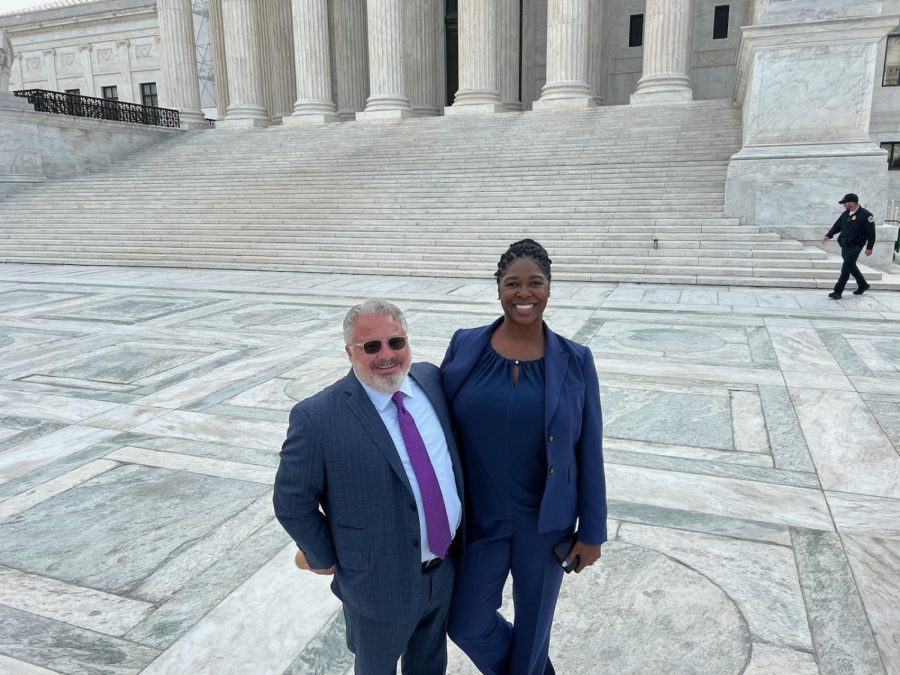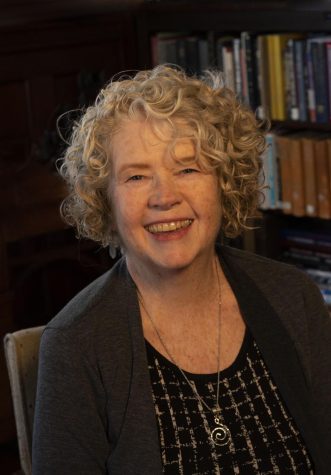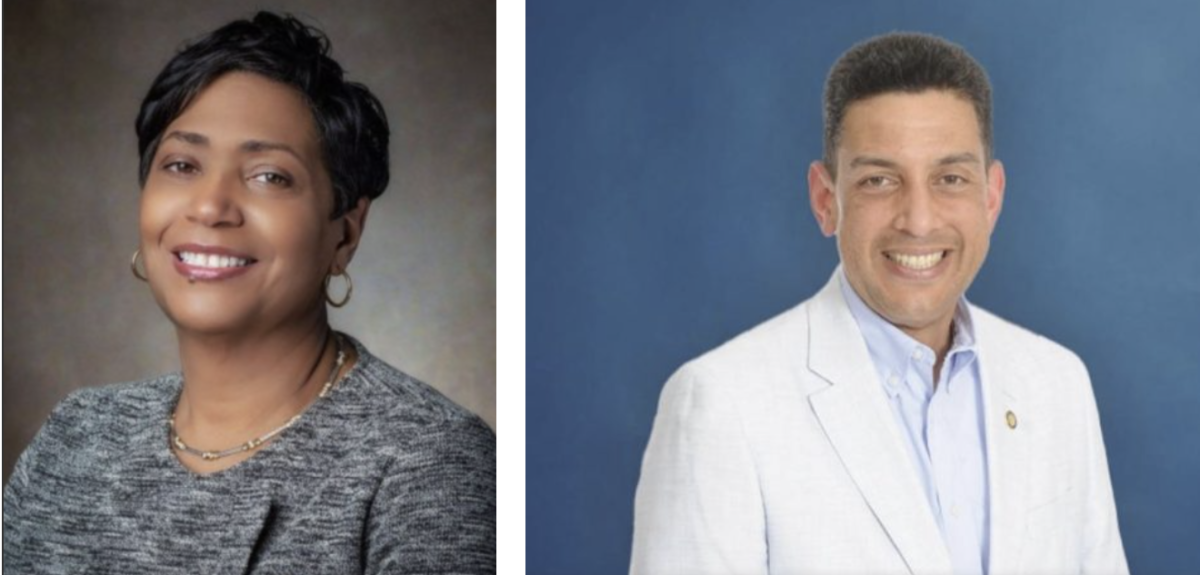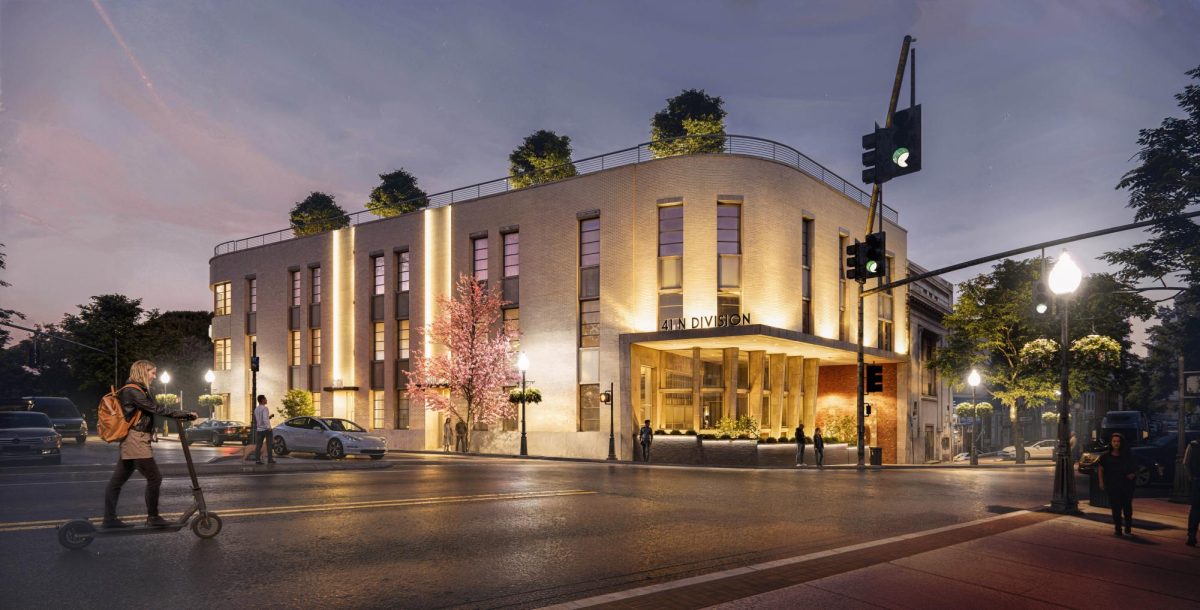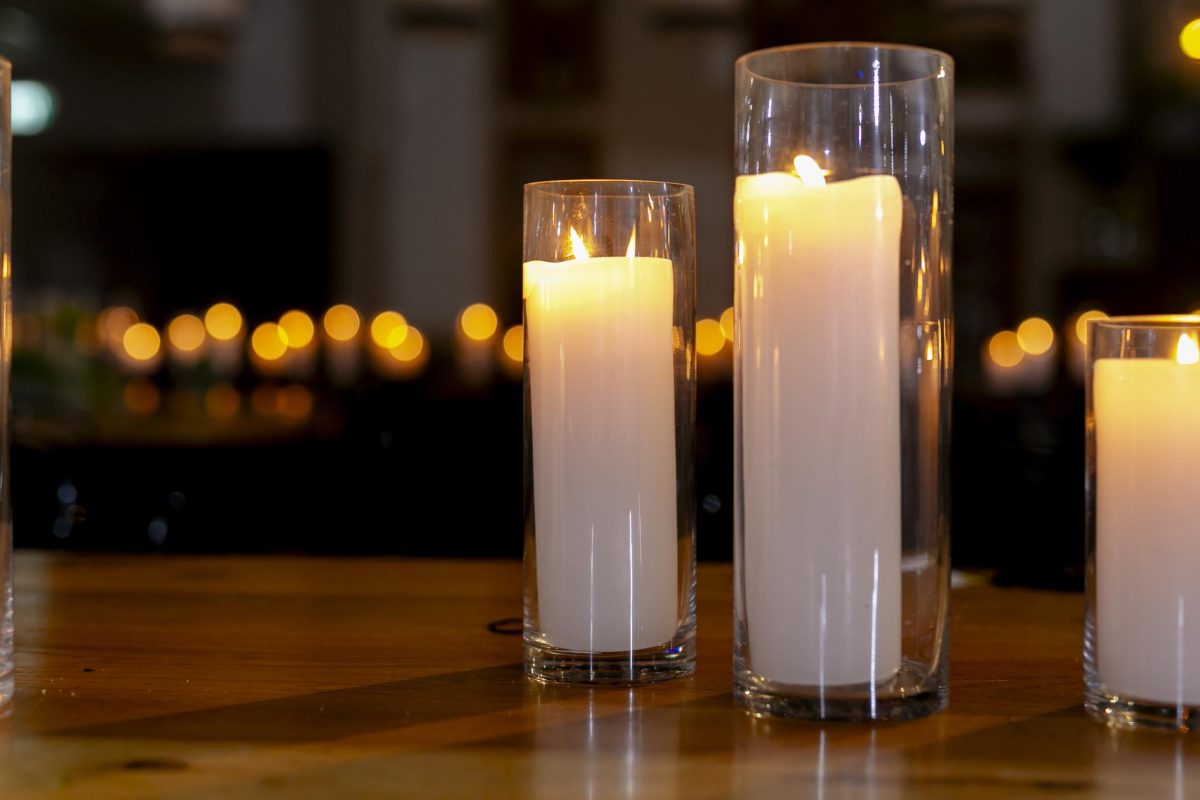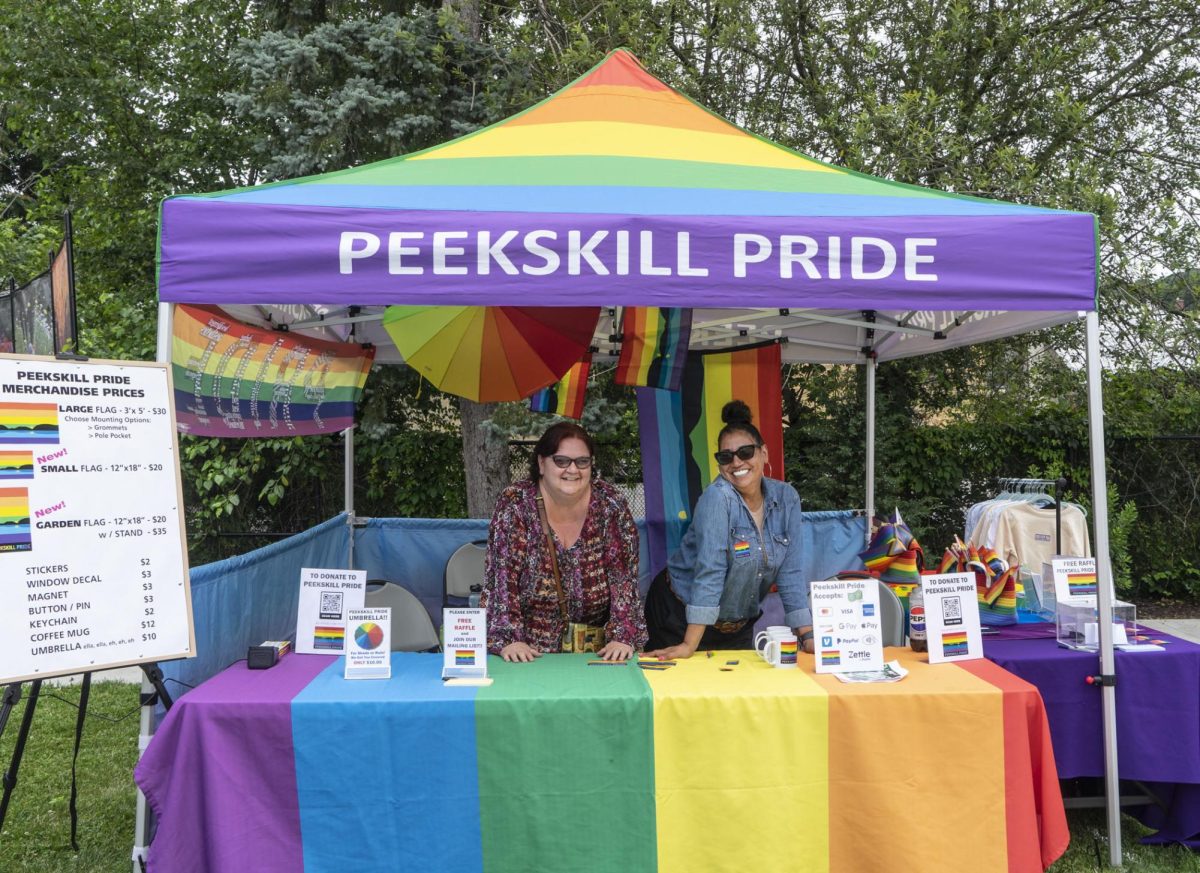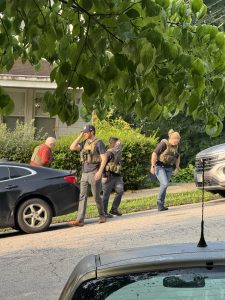Peekskill attorney gets Supreme outcome at high court
Case will impact every county outside New York City
June 6, 2023
For most attorneys, having your argument heard at the Supreme Court would make it the case of a lifetime. To do that – then win a unanimous 9 – 0 ruling before today’s hyper-polarized judiciary – propels the narrative toward legendary status.
It’s a story that Peekskill attorney Tanya Dwyer is exhilarated to share with anyone who will listen these days.
Dwyer, Supervising Foreclosure Attorney at Legal Services of the Hudson Valley, learned on May 25th that the case she worked on for the past nine months was the subject of a unanimous ruling from the Supreme Court. In addition to the legal success, Dwyer had an up close view of the workings of the Supreme Court when she was there in April for the oral arguments.
The first lawsuit started seven years ago in state court. The SCOTUS calendar is one year so all cases are decided within a year, but sometimes it takes several months to get a decision and it only took one month for this decision. Dwyer, who has been representing people faced with foreclosure for 14 years, was approached last August at a mortgage conference by Christina Martin of the Pacific Legal Foundation.
Martin wanted to challenge in front of the Supreme Court a Minnesota ruling that saw 94-year-old Geraldine Tyler lose her home for $15,000 in back taxes and fees. The county seized and sold her condo for $40,000 and pocketed the remaining $25,000. The Minnesota court ruled the county of Hennepin was within their rights to take the home, based on New York law.
Martin wanted to know if Dwyer had any clients losing their homes because of the New York law that allows municipalities to take houses for unpaid property taxes in foreclosure actions. The municipalities then keep the property owner’s entire equity – even when the sale price exceeds what the owner owed in taxes – essentially a windfall for the town, city or county. New York is one of a dozen states along with Washington DC that has such a law.
Dwyer told Martin she had numerous cases of people in jeopardy of having their homes taken by their municipalities. This immediately brought to mind a 19-year-old client whose mother died from cancer and father from suicide. The young woman’s name was not on the deed, and with a backlogged Surrogate Court, the woman was most likely going to lose her parents’ home. Dwyer thought of another client, an elderly couple, living in their home after the mortgage was paid, but were struggling to keep up with property taxes with just their Social Security checks. When one of the spouses died, the other didn’t have enough income to pay the taxes, and the home was heading to foreclosure.
For Dwyer, the chance to correct this unjust system by changing the law was a dream come true. She went to work immediately recruiting a team of lawyers who were willing to volunteer on the case. Her friend Joe Nicotra, a real estate attorney, connected her with real estate tax law guru David C. Wilkes, who actually helped craft the New York law. Wilkes agreed to be involved because the laws can be devastating for low income homeowners.
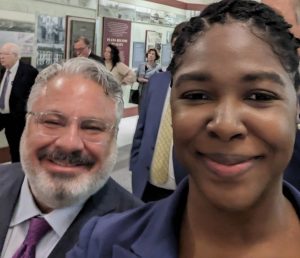
With Wilkes on board, along with a junior attorney from LSHV, three Pace University Law students and Derek Tarson, Foreclosure Director at Legal Aid Society of Rockland, Dwyer began preparing for the October deadline to request to have the case heard by the Court. In January, Dwyer learned that the Supreme Court had agreed to hear the case (the US Supreme Court typically hears only around two percent of the 7,000 or so cases it reviews each year).
The group worked nights and weekends researching cases to support their two arguments about the unconstitutionality of the law. Wilkes concentrated on the 5th Amendment, which prohibits taking private property for public use without just compensation; Dwyer concentrated on the 8th Amendment, which prohibits excessive fines.
All the arguments had to be succinct and couldn’t exceed 3,600 words. And there were certain typesetting protocols around margins and spacing that had to be followed to submit briefs for printing by the Supreme Court. Forty booklets containing the briefs were printed; 36 went to the Justices and their clerks, and the remaining went to the two sides in the case. The briefs were submitted seven weeks later in early March. “It was fun for me, it felt like being back in Law Review,” said Nicotra, about the extra hours working on researching the case.
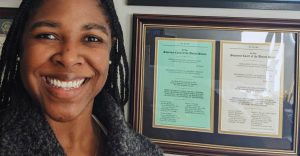
Dwyer got word in April that the oral arguments were scheduled for later that month. She and Nicotra were determined to be in Washington to be present for the arguments, which were argued in front of the Court by Martin of the Pacific Legal Foundation.
“There were all sorts of ceremonial aspects to going into the Supreme Court as a lawyer,” recalled Dwyer in a recent interview with the Herald. She said lawyers needed to get to the building and wait on a lawyer line, and only a certain amount were allowed in each day. They were also told to wear clothing that was of one color. Khaki pants and a contrasting shirt are excludere. The ‘uniform’ of the day, for the male and female attorneys was navy blue, said Dwyer. That clothing requirement doesn’t apply to tourists, who are allowed into the court to witness the proceedings, she explained.
“The first row was reserved for dignitaries and lawyers, and another area was for guests of the Justices.” Dwyer was elated to sit a few rows behind Secretary of Housing and Urban Development Marcia Fudge, who she considers a tireless advocate.
“There was a clerk, wearing long coattails, who came out and set up papers and brought coffee and water for the Justices. There was a bit of pageantry around all of it, said Dwyer, who noticed a bell chimed or gong sounded when the Justices entered the courtroom, calling the court to order. Dwyer was surprised to observe that all nine justices had questions right away of Miller regarding the case. The oral arguments lasted two hours without a break.
After leaving the Supreme Court, Dwyer expected to learn of a ruling sometime in June before the summer recess. To her surprise and delight she received a call from Nicotra just four weeks later, who saw on his daily legal news feed that the Justices had ruled in favor of condo owner Geraldine Tyler – and ultimately for the hundreds of people Tanya Dwyer has been fighting for over the years.


